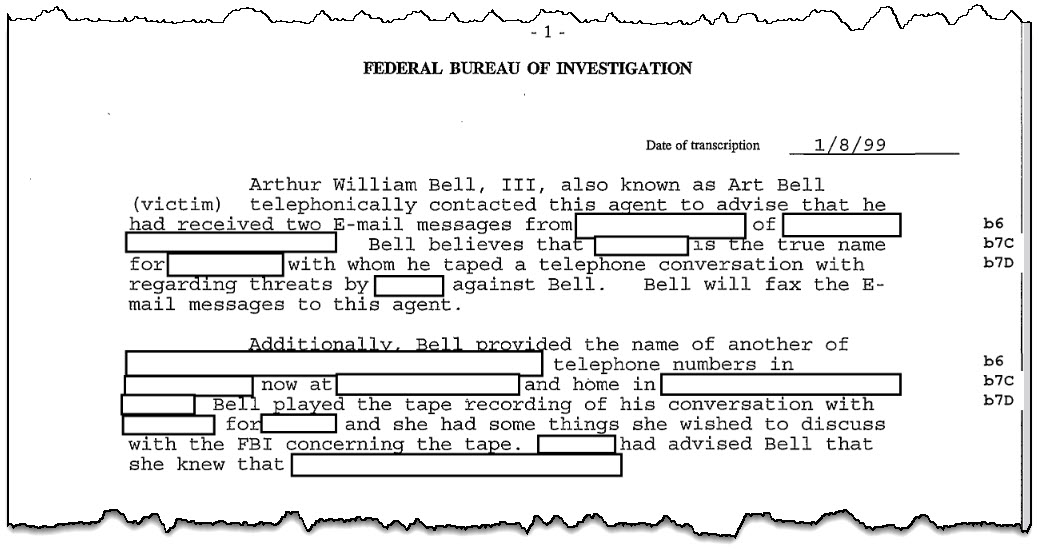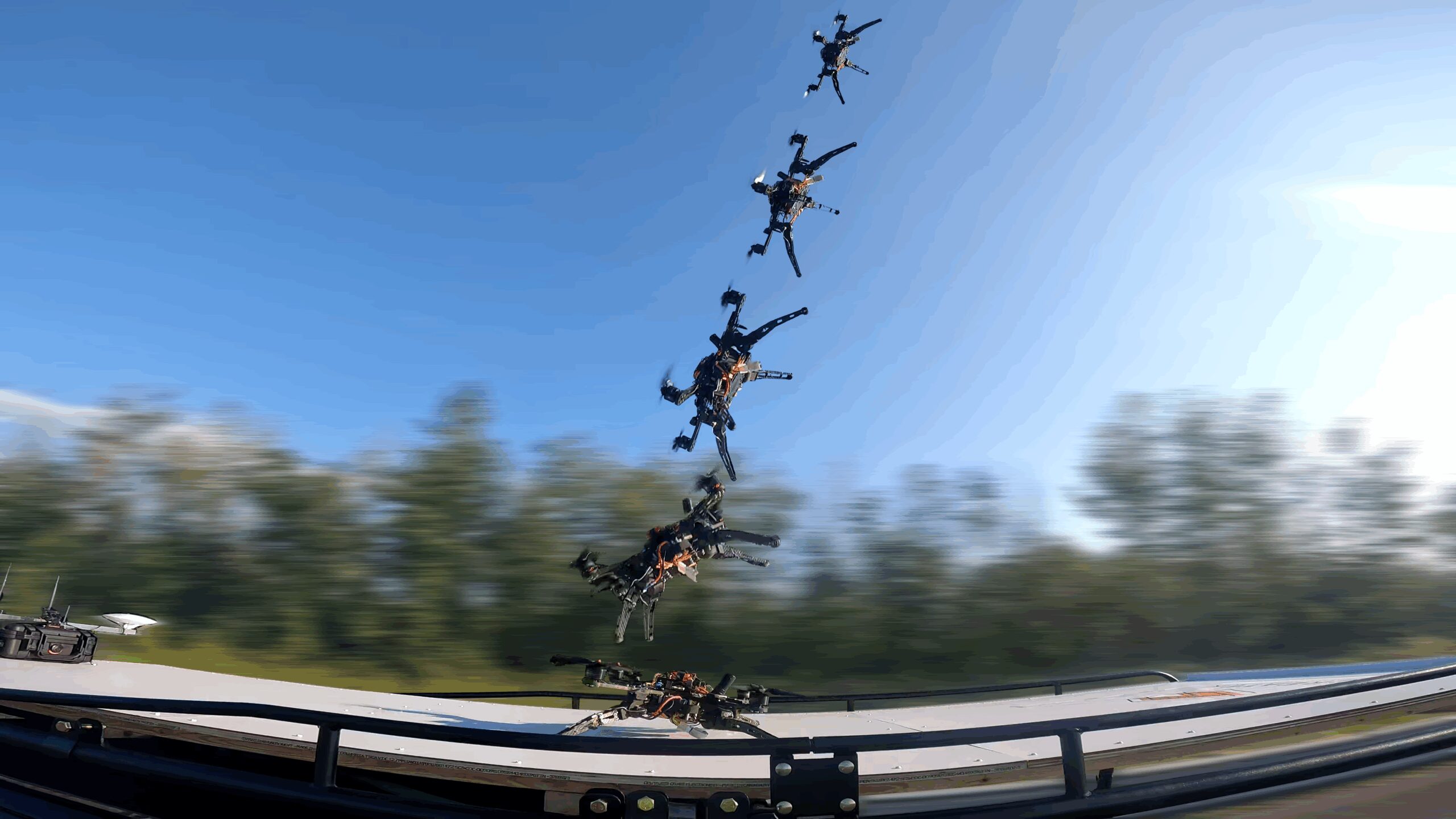What if there were a way to reduce by as much as 70% the incidence of network outages caused by poorly executed software upgrades or the faulty installation of new hardware? What if there were a way to validate the current state of network configurations and track configuration drift to avoid network downtime, performance degradation or security breaches linked to misconfigurations of firewalls and other mission critical network components?
By applying digital twin technology, network teams can reap the benefits of modeling complex networks in software rather than what many enterprises do today – spend millions of dollars on a shadow IT testing environment or not test at all.
Digital twin technology is most commonly used today in manufacturing environments, and while it has immense promise in enterprise network environments, there are hurdles that need to be overcome before it becomes mainstream.
Digital twin: What it is and what it isn’t
The way Fabrizio Maccioni describes it, digital twin is analogous to Google Maps.
First, there’s a basic mapping of the network. And just like Google Maps is able to overlay information, such as driving directions, traffic alerts or locations of gas stations or restaurants, digital twin technology enables network teams to overlay information, such as a software upgrade, a change to firewalls rules, new versions of network operating systems, vendor or tool consolidation, or network changes triggered by mergers and acquisitions.
Network teams can then run the model, evaluate different approaches, make adjustments, and conduct validation and assurance to make sure any rollout accomplishes its goals and doesn’t cause any problems, explains Maccioni, senior director of product marketing for digital twin vendor Forward Networks.
However, digital twin technology is not real time. “We don’t change anything. We’re read only. We don’t change the configuration of network devices,” Maccioni says. (Forward Networks does provide integrations with workflow automation vendor ServiceNow and with the open-source automation engine Ansible.)
Gartner analyst Tim Zimmerman adds: “These tools typically operate on near-real time or snapshot-based data, which supports validation and documentation but limits their usefulness for real-time troubleshooting or active incident response. This distinction is important. While digital twins can improve planning and reduce cost associated with change, they are not currently positioned as operational tools for live network management.”
“As a result, adoption has been largely limited to large, complex environments that can justify the investment in additional management software,” Zimmerman says.
What are the benefits of digital twin in networking?
“Configuration errors are a major cause of network incidents resulting in downtime,” says Zimmerman. “Enterprise networks, as part of a modern change management process, should use digital twin tools to model and test network functionality business rules and policies. This approach will ensure that network capabilities won’t fall short in the age of vendor-driven agile development and updates to operating systems, firmware or functionality.”
Gartner estimates that organizations using network digital twins to model configuration and software/firmware updates can reduce unplanned outages by 70%.
Zimmerman adds that 15% of security breaches are caused by cloud misconfigurations or reconfigurations associated with common use cases like migrating an on-prem app to the cloud. He adds that digital twin tools can ensure that network policies don’t conflict with or prevent data flows as applications are migrated to the public cloud. Other use cases cited by Zimmerman include:
- Capacity planning to model future traffic growth and infrastructure requirements.
- Incident replay to reconstruct past outages or breaches to analyze root causes.
- Security posture validation to simulate attack scenarios, as well as testing network segmentation, firewall policies.
- Simulating boundary conditions that might differ from expected outcomes.
The top driver for enterprise customers is risk mitigation, says Scott Wheeler, cloud practice lead at Asperitas Consulting, which provides an as-a-service option for network digital twins. “It’s a place to test thing out to make sure the project doesn’t mess everything up.” For example, one enterprise client with a large global network used digital twin technology to model the consolidation of four routing protocols into one. “That implementation went off without a hitch,” says Wheeler.
Another valuable use case is testing failover scenarios, says Wheeler. Network engineers can design a topology that has alternative traffic paths in case a network component fails, but there’s really no way to stress test the architecture under real world conditions. He says that in one digital twin customer engagement “they found failure scenarios that they never knew existed.”
Maccioni adds that there are a variety of use cases that are attracting enterprise interest. Some customers start with firewall rules administration, a task that a large enterprise might spend millions of dollars a year on. Once an organization recognizes the benefits of automating firewall rule management, they might branch out into other areas, such as outage prevention, troubleshooting, and compliance.
“We’re also starting to see security use cases be a driver,” Maccioni says. Digital twin technology can help organizations create a single source of truth that helps eliminate friction between security operations and network operations teams when it comes to troubleshooting.
What are the barriers to widespread adoption?
One of the major barriers is that network digital twin is not offered by the major infrastructure vendors or network management vendors as part of their core functionality. That may change, but for now, if you want to deploy digital twin you need to engage with a third-party provider. “This is a whole new project, a whole separate environment. It’s a good-sized effort,” Wheeler explains.
And there doesn’t seem to be a standard way to accomplish digital twin. For example, Forward Networks uses a proprietary data collection method called Header Space Analysis, which was developed while the founders of the company were at Stanford University. It enables the creation of a virtual copy of a network using configuration data and operational state information.
Forward Networks enables customers to perform queries against the model. And it overlays other types of data, such network performance monitoring, in order to facilitate troubleshooting. The snapshot process (collecting and processing the data) can take several hours in a large enterprise network and might be conducted, for example, a couple of times a day. So, the model is current, but not real-time.
Asperitas uses an open-source framework called EVE-NG (emulated virtual environment – next generation) to reverse engineer the network. Wheeler explains if enterprise network engineers wanted to create a digital twin using EVE-NG, they would have to take on the coding work required to build the virtual network and would also need to constantly update it to reflect changes to the network.
Wheeler adds that deploying digital twin requires a significant effort, both in terms of complexity and cost. And it is typically limited to modeling the impact of a change involving a single component from a single vendor. Or to a specific part of the network, such as a campus, says Zimmerman.
Even within a campus environment, Zimmerman has identified three levels of digital twins: The first level is network configuration and parameter/policy validation; the second level is single vendor equipment replacement or upgrade; and the third level is multiple vendor migration or vendor replacement.
The future of digital twins in networking
Gartner points out that “enterprise IT leaders continue to face a combination of challenges: increasing network complexity, heightened cybersecurity risk, and a shortage of skilled personnel. In this context, enterprise network digital twins are emerging as a tool to support network resilience and operations planning.”
But that won’t happen overnight. Gartner expects that in the next 3-5 years, digital twins will be used to model parts of campus networks, and within the next 10 years they will expand to the entire network.
Maccioni says network digital twin technology adoption had been somewhat slow because the technology represented a new concept for network engineers. “It is now resonating more with customers” as awareness grows and as enterprises begin to allocate budget for digital twin, he adds.
Wheeler agrees that there are headwinds, including the fact that “you don’t have a lot of push from large network vendors to do it.” But he adds, “If some of those barriers are knocked down, I think you’ll see accelerated adoption.”
Zimmerman adds that, “for broader adoption, we feel that the ability to model composite networks of individual components (whether it is a single vendor network or ultimately, a network with multiple vendor components) is needed to move the market ahead.”
However, there’s a huge difference between deploying digital twin in a factory and in a global enterprise network. A manufacturing facility is a controlled environment with a discrete number of devices and a fixed, linear production process. A global network can have tens of thousands of endpoints and is dynamic – end users are mobile, data paths change in real time, etc.
The ultimate vision, says Zimmerman, is a digital twin that “gives enterprise IT leaders the ability to test day-to-day operational workflows on their existing end-to-end network, simulating any operating system or configuration changes in real time and testing boundary conditions that today must be manually configured.”
But, he adds, “this may require the processing power of quantum computing and the storage capacity of the cloud.”
🛸 Recommended Intelligence Resource
As UAP researchers and tech enthusiasts, we’re always seeking tools and resources to enhance our investigations and stay ahead of emerging technologies. Check out this resource that fellow researchers have found valuable.
→ Surfshark










